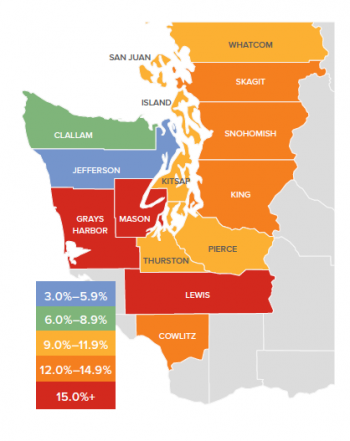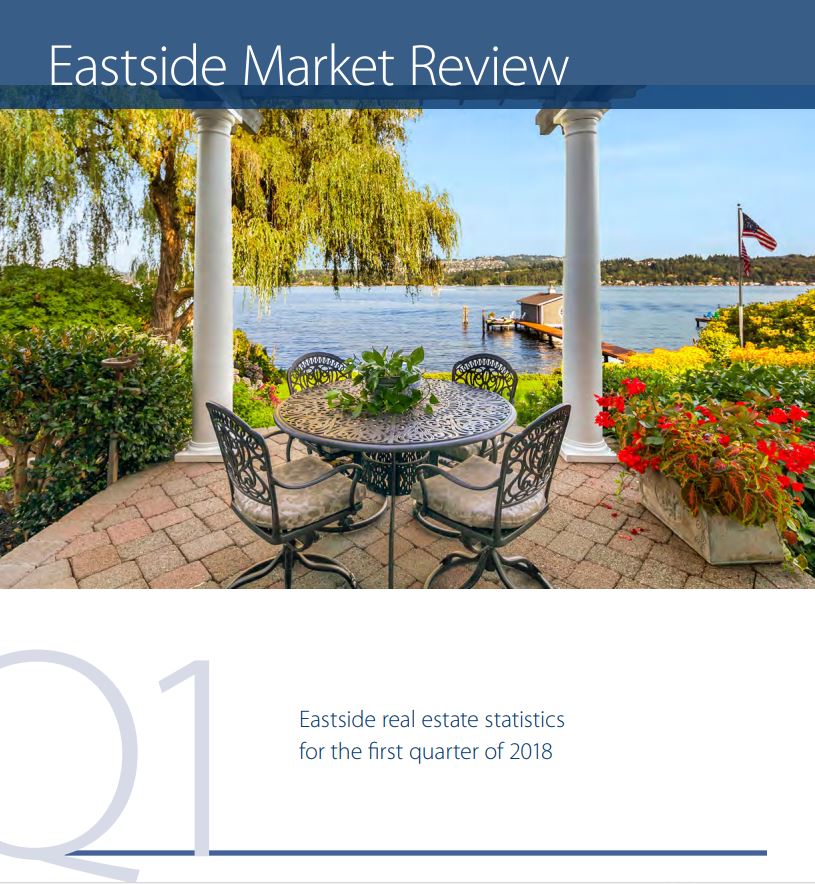We’re all hearing headlines about a looming recession in the near future but what does this actually mean? In general terms recessions are defined as 2 consecutive quarters where the US GDP, Gross Domestic Product in our economy, declines. Since our great recession of 2007 to 2011 or 12, many fear hearing of this word. We need to remember economies and businesses have cycles; so a recession isn’t to be feared as much as expected. We’ve had 10 or so years of strong economic expansion, so we have to know or expect we’ll see some flattening or declines to come. The point being, most recessions are much milder than the our recent memories recall.
What happens to real estate in a recession?
Generally a mild pull back in prices occur but most often for a very short time frame. We’ve been seeing this pull back in prices since the summer of 2018 in many price ranges. Yes, we still see multiple offers in many areas and price ranges, but in the overall, the statistics show a decline in home values in most of King County, less so in Snohomish County and only minorly in Pierce County. More importantly, we are seeing interest rates declining, pretty sharply from last fall, so today we’re in the 3.75% range where last fall this was 4.875% or higher. This decline may well continue with the fears of recession, as the government tries to keep the real estate industry as active as possible. Again, an active real estate market is critical to an active and productive overall economy.
Can you tell which direction is “right”? Photo by Leo Foureaux on Unsplash
Real Estate is Local I can’t emphasize this point enough. Yes, we are seeing weakness in many economies around the world and yes we are not immune to these fluctuations. That said, our local economy is considered one of the strongest and most diverse in the US. Sure we have to worry about trade wars, prices of exports, tariffs, etc. but we also need to recognize the continuing strength and demand of companies to move, grow and expand in our region. More so than most any other area in the US, we have a very strong growth component here and very resilient companies expanding in our region. Millions of square feet of office space is pre-leased and under construction. This means tens of thousands of new jobs for our area. Is there a minor dip in prices now–you bet, but in most cases this is 5-7% or less. Fear of recession and ignoring of the broader picture are mostly to blame. The companies moving and expanding here are making long range plans, well after any “news-touted” recession comes and goes. This area has been more resistant and resilient to recession than other parts of the country and this growth will only reinforce this resilience.
Shouldn’t I wait for a bottom if prices and interest rates are lowering? As the adage goes, you can only see the peak or the bottom of a valley in the rear view mirror. Are you looking to buy a home for a longer range investment? I always encourage buyers to think and act long term. Buy when you have a true need or desire. If you’re looking to flip houses, our market has been tough for the past 5 years. If you’re looking for a home, we’re in the best market conditions we’ve had for at least 3 years. Inventory is up; buyer’s have selection. Sellers looking to stay in our area can finally find homes to buy before they sell. Financing options and market conditions are now available to help you transition to your new home. So yes, you can wait, hope to time the market to your best advantage but this means being constantly involved, diligent and immersed in the area you want to be in. Micro markets are the norm. You can’t generalize that $600K price range in Kenmore is the same as in Bothell, or one area of Kirkland, Bellevue or Redmond is the same as other areas of the same city. They most likely aren’t. What makes more sense is to determine what you really want to find; what style, size, neighborhood, price range, etc. works best for you and be prepared to act when an opportunity arises. Don’t be surprised to still be in multiple offers.
Fall is generally a very active market. Once kids are back to school and vacation season is mostly over, real estate activity normally increases. More new homes come on the market. Interest rates make them more affordable and price/cost conscious buyers are back to actively looking. People planning to work for Amazon when they make a bigger move to the Eastside, or Facebook, Google, Microsoft are looking now; not waiting until 2022 or 2023 when then know 50,00+ new jobs and workers will be here in the search. You can capture that future demand and home value appreciation by buying now. You’ll still be in that home in 3 years and smiling at your wisdom of looking while the pace was slower and the best interest rates in almost a decade were yours.
So are we headed for a recession? Who cares isn’t the right answer, but neither is seeking shelter from any fallout. We are and will continue to be fine, resilient and leaders of any turn around and rebound in the economy. If your job is secure, chances are your wages are up and your future is brighter than the doomsday headlines. Don’t be frightened by what won’t happen. Look at what is actually happening and believe in these actions and activity.
 Facebook
Facebook
 X
X
 Pinterest
Pinterest
 Copy Link
Copy Link










 As inventory is still fairly scarce, growth in home prices continues to trend well above the long-term average. Prices in Western Washington rose 12.2% over last year to $526,398.
As inventory is still fairly scarce, growth in home prices continues to trend well above the long-term average. Prices in Western Washington rose 12.2% over last year to $526,398.



